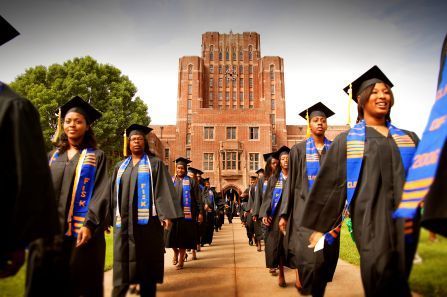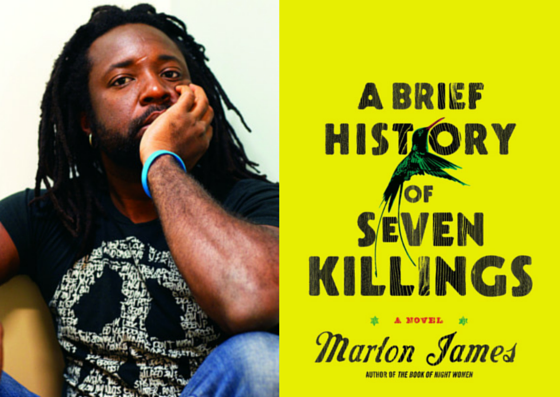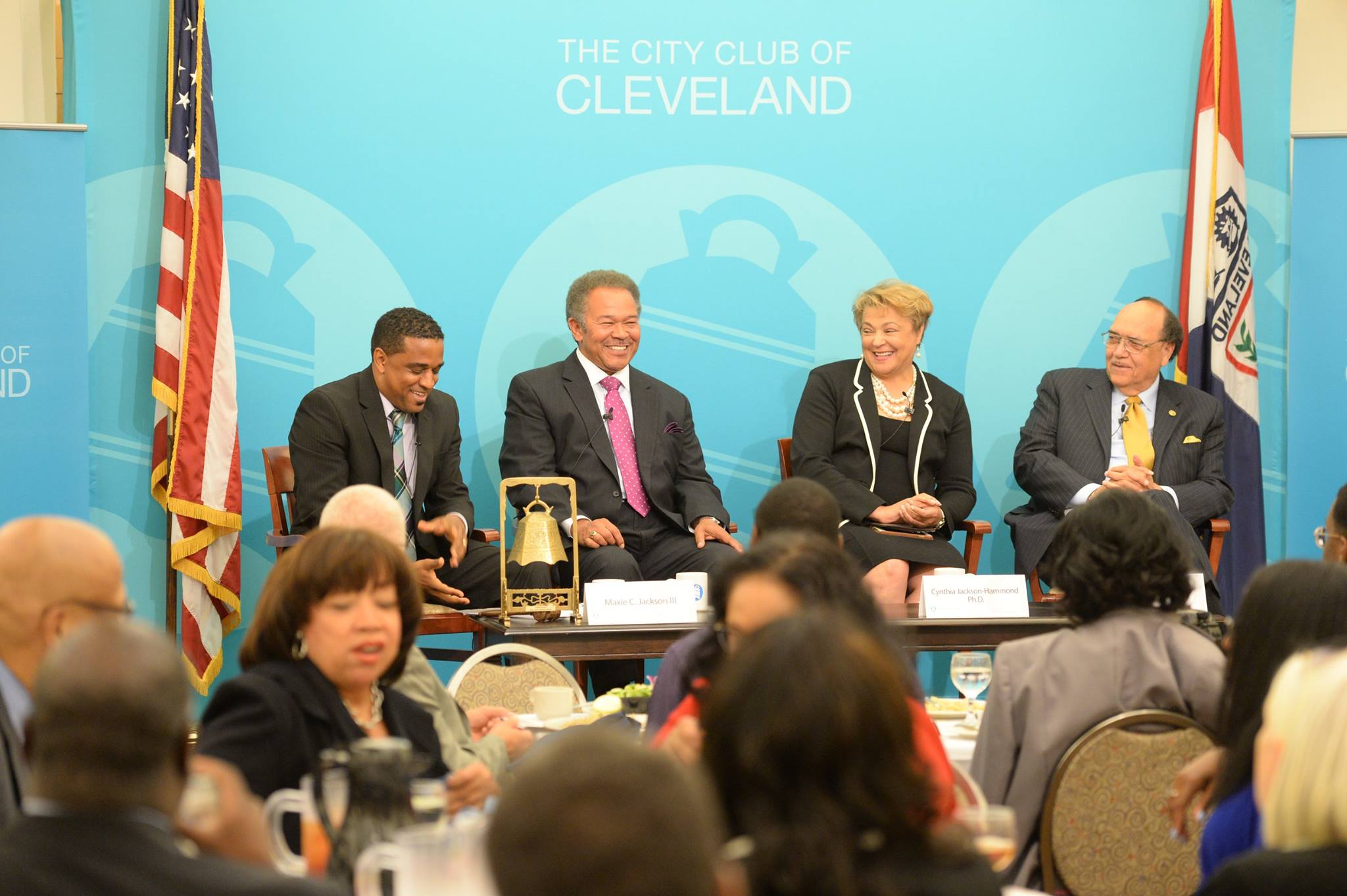by Chris Stevens
As a proud product of a Historically Black University (Delaware State, Class of 2007), I’ve watched with nervous eyes in recent months as 125-year-old St. Paul’s College in Lawrenceville, Va., prepares to close June 30 after years of struggling to stay afloat financially. Howard University, according a board of trustee member, is in danger of the same fate.
The impact of Historically Black Colleges and Universities (HBCUs) is undeniable. A recent study in the Journal of Blacks in Higher Education reported:
- One in five African-American college graduates earned their degrees at HBCUS.
- Black colleges graduated nearly all black students (90 percent) who earned bachelor’s degrees in STEM fields between 2006 and 2010.
- Black colleges produce half of all black public school teachers, half of all future lawyers, and eight in 10 black judges.

HBCUs have long had a history of making do. But the politics surrounding the disparity in funding and resources between HBCUs and traditional colleges and universities must be addressed.
Most HBCUs exist because of the Morrill Land-Grant Acts of 1862 and 1890 that pushed for colleges focused on agricultural and mechanical education, especially in Southern states. Those colleges eventually became universities with larger academic concentrations serving a predominately Black population.
Even with assistance from the federal government, most HBCUs haven’t been able sustain themselves financially or raise a national profile. (Notable notable exceptions include Howard, Spelman, Morehouse, and Florida A&M.) On the whole, many HBCUs have more in common with schools like Atlanta’s Morris Brown College, which struggled to raise $500,000 to keep from closing in 2011.
One reason HBCUs struggle is the difficulty of fundraising toward endowment and the day-to-day costs of running a university. At HBCUs, almuni giving hovers under 10 percent; the national average for all schools is 14%. Another component is the frequent failure of municipal and state governments to allocate the same funds and resources to HBCUs that are afforded to traditional schools.
During my previous job as a sports writer for the Dover Post, the government reporter got in from a budget meeting for the state of Delaware with the official numbers for the fiscal year available. I asked him how much the state was giving the University of Delaware, and he responded with $113 million. Then I asked for the Delaware State University allocation, which was a grand total of $32 million. That disparity is the norm for HBCUs, especially in Southern states like Mississippi and Georgia, where officials haves either tried to consolidate or close Black colleges in recent years.
The mission of HBCUs (educating Blacks in order to help them succeed in a world in which we are still the minority) is as relevant today as it was in the Jim Crow era. We as HBCU alumni have to do a better job of giving, which will help city, state, and federal officials see our schools are viable and deserve equal funding and resources to compete with traditional colleges.
As Morehouse president John Silvanus Williams, Jr said in an NPR interview this year, “There is no question that we need HBCUs. We just need them to do what they do better.”
Chris Stevens is a writer, podcaster, and social media consultant based in Wilmington, Delaware. He is a 2007 graduate of Delaware State University.



